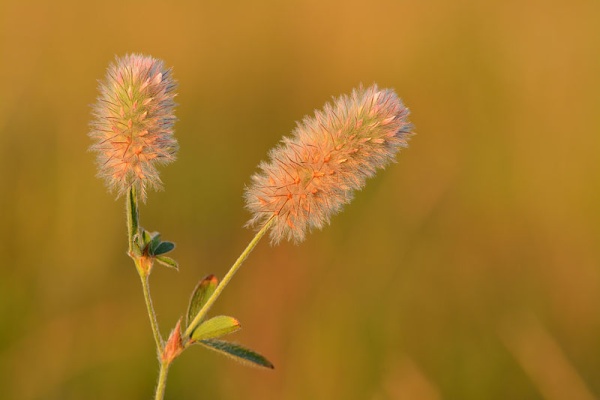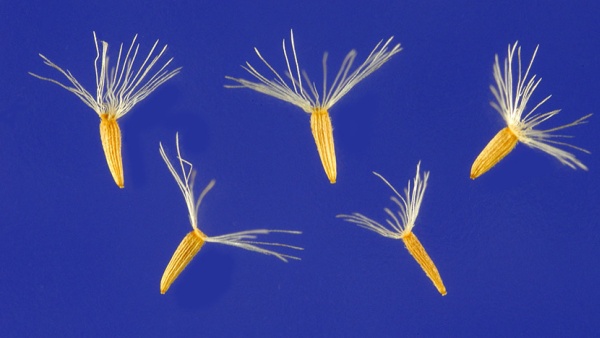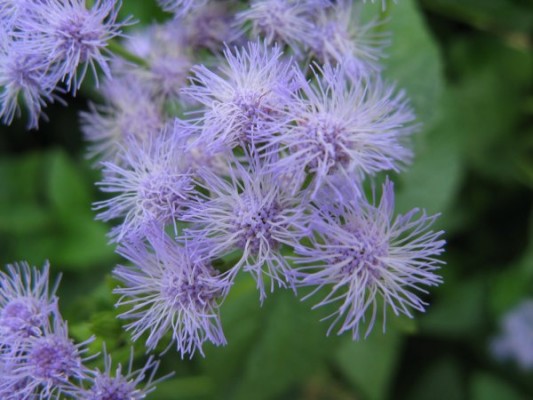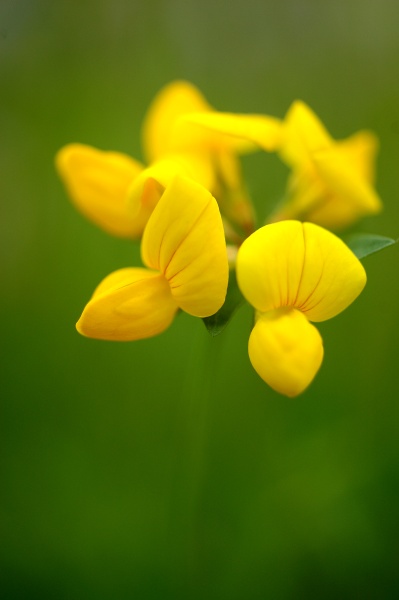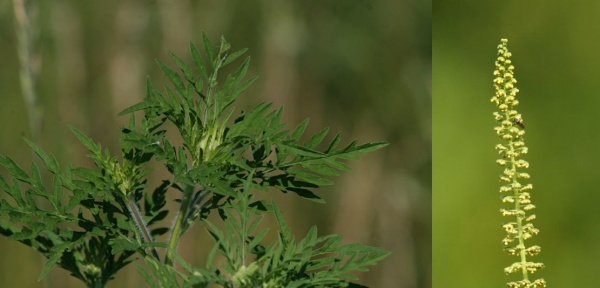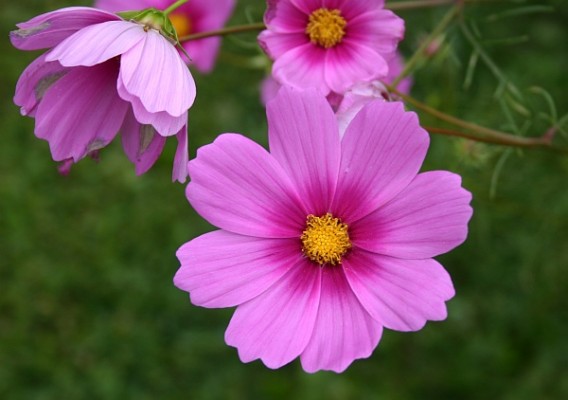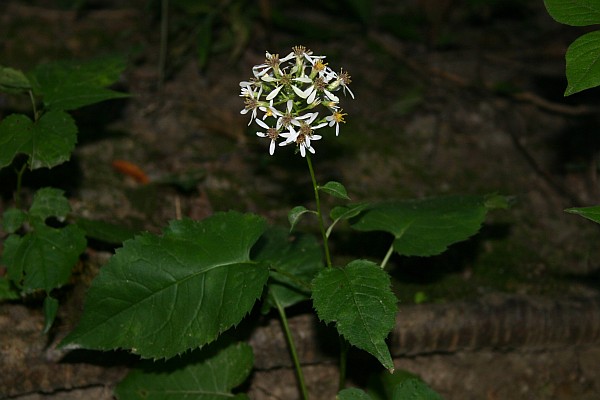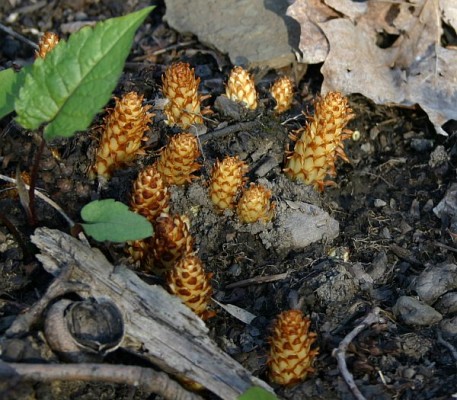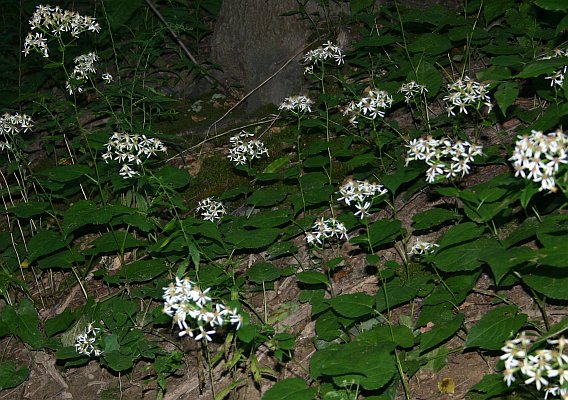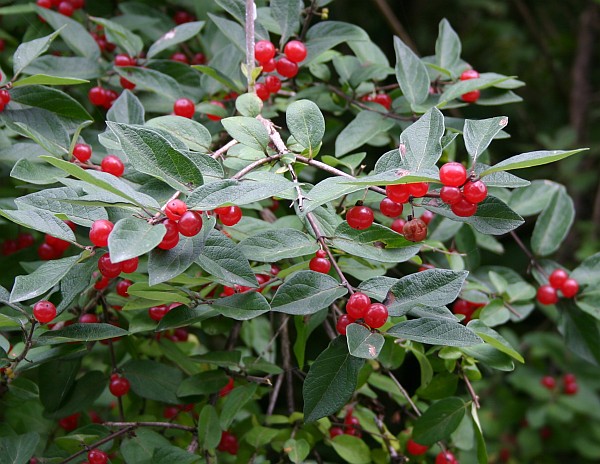
In yesterday’s blog I mentioned the pesticide episode in Wilsonville, Oregon last June that killed 50,000 bumblebees. This prompted me to wonder…
What would happen if just one species of wild bee completely disappeared from an area?
Computer models suggest that the remaining bees would take up the slack and none of the flowers would suffer. Recent research shows this isn’t so.
Berry Brosi of Emory University and Heather Briggs of University of California Santa Cruz conducted a bumblebee study at the Rocky Mountain Biological Lab near Crested Butte, Colorado where native larkspur is visited by 10 of the 11 local bumblebee species.
They divided the wildflower meadows into 20 square meter plots. In the manipulated plots, they used nets to capture and exclude just one bumblebee species. In both the control and manipulated plots their team of Emory University undergraduates followed all the bumblebees everywhere, noting the flowers they visited.
Though bees are generalists they usually specialize in gathering nectar from particular species at the height of their blooming. If you watch bumblebees on Joe Pyeweed in an August meadow you’ll notice they visit all the Joe Pyeweed in succession even though there are lots of other flowers to choose from. This benefits the flowers because the bees are wearing pollen from their own species. The researchers confirmed this when they swabbed the bumblebees for pollen and analyzed the results.
In the control plots in Colorado, everything proceeded as expected. 78% of the bees focused on their favorite flower species. Larkspur seed production was normal.
Not so in the manipulated plots. With only one species missing, reduced competition for the flowers prompted the bumblebees to “play the field.” Only 66% of the bumblebees focused on their favorite flowers. The larkspur suffered, producing 1/3 less seed.
So the answer is: If one wild bee species disappears some wildflowers will decline dramatically.
Everything’s connected to everything else.
Read more about the bumblebee study here in Science Daily.
(photo by Marcy Cunkelman)
p.s. No bumblebees were hurt during the study. They were all captured and released. Quite a feat!
